
The Western genre has been integral to cinema since its early days, with its iconic imagery of vast, open landscapes, shootouts at high noon, and larger-than-life characters. However, for every The Searchers (1956) or Unforgiven (1992), there are lesser-known gems that quietly go unnoticed but deserve to be discovered. Although these films may never have found the right audience or have somehow fallen by the wayside, these films stand as testaments to the versatility and enduring appeal of the genre.
This collection of Westerns—five pre-1970 and five post—shows the breadth of the genre’s emotional and thematic reach and proves that there’s far more to the Western than just cowboy standoffs.
1. Western Union (1941)

Directed by Fritz Lang, Western Union is a beautifully crafted, though often overlooked Western that strays from the expected frontier clichés. Although perhaps more well known for his German expressionist masterpieces Metropolis (1927) and M (1931) amongst others, Western Union proves that Lang had even more strings to his bow than you may have thought.
It’s not a film that would typically come to mind when thinking of classic Westerns, but it strikes a fascinating balance between the traditional and the modern, reflecting the shift in American society at the time.
Western Union sees the legendary Randolph Scott playing Vance Shaw, a reformed outlaw enlisted to help build the telegraph line across the American frontier. Lang brings a nuanced and somewhat noirish sensibility to the Western, perhaps unsurprising when you consider his more well known output, and the moral dilemmas faced by Shaw are more complex than the usual battle between good and evil, especially as he grapples with his past as an outlaw while working for a cause that represents the future.
There are also subtle nods to works like Metropolis with Western Union addressing themes of progress and technology, and Lang’s trademark visual style—the striking use of shadows, light, and framing—adds an almost existential weight to the proceedings. The expansive American landscape is shot in vivid colour, and at a time when the world was still very much coming to terms with that cinematic medium. It shouldn’t be a surprise that Lang was at the forefront of such a work, it’s just a shame it’s not held up in as high regard as some of his other films.
2. Canyon Passage (1946)

Jacques Tourneur is best known for his work in the horror genre, particularly Cat People (1942) and Out of the Past (1947), but Canyon Passage demonstrates his ability to weave psychological complexity into the Western genre.
Set in 1850s Oregon, the film tells the story of Logan Stuart (a terrific Dana Andrews), a freight company owner whose romantic escapades and involvement in the local politics of a frontier town pull him into a web of intrigue and danger.
What makes Canyon Passage unique is the way it focuses on the emotional and psychological lives of its characters and doesn’t simply shower the audience in shootouts or overblown set pieces. Tourneur digs deeper into the complexities of human relationships and the way the frontier shaped the people who lived within it. Logan’s inner demons frequently become the center of the piece as he grapples with his own choices whilst struggling with the various mishaps that he’s become a part of.
The sweeping vistas of the Oregon wilderness are as much a part of the story as the characters themselves, creating an atmosphere that is at once captivating and melancholic. Canyon Passage is an intelligent, emotionally layered Western that has often been overlooked but remains an essential part of the genre’s history, also skilfully threading political elements into its brief, yet effective, run time.
3. Rawhide (1951)

At first glance, Rawhide might seem like just another 1950s Western, but it stands out for its taut, almost noir-like structure and its focus on human psychology under pressure. The film takes place at a remote stagecoach relay station, where Tyrone Power plays the station master, and Susan Hayward portrays a traveller caught up in the tension when a gang of escaped convicts takes over the station.
It’s not the first or last time we see a siege in a Western, but Rawhide’s drama unfolds in its dialogue and moral indistinctness, with the claustrophobic set up forcing characters to us their brains rather than brawn to somehow detach themselves from the horror unfolding.
Hayward’s performance especially is terrific—her portrayal of a woman who must quickly adapt to a dire situation is both strong and nuanced. She is more than just a damsel in distress; instead, she’s a fully realised character who forces the men around her to rethink their roles in this tense drama, arguably not something we’re accustomed to from the era.
Rawhide may not break new ground in the genre, but it executes its simple premise with exceptional skill, drawing viewers into its intense, claustrophobic atmosphere, and laid down a marker for things to come.
4. The Hanging Tree (1959)

Robert Wise and Delmer Davis’ film is a rare beast within the genre in that it lingers long after the credits role. On the surface it qualifies as a Western for sure; there’s a gold rush town, saloons, naturally a gunslinger or two, but The Hanging Tree has plenty to discover beneath its seemingly standard surface.
Cooper plays Dr. Joseph Frail, a haunted physician who arrives in a rough Montana gold camp with a gun, a past, and a rigid moral code. When he saves a young man (Ben Piazza) from a mob, and takes in a wounded woman (Maria Schell), his self-imposed exile begins to crack.
The script (co-written by the infamous, and at the time blacklisted, Dalton Trumbo, under a pseudonym) is deceptively tight, slow-burning, and weirdly psychological. There’s a gothic-like undercurrent running through the film—jealousy, obsession, control—and the tone never quite lets you relax. It’s a Western but one that’s frequently at odds with its own classic genre.
The Hanging Tree is underseen, underrated—and at times, kind of brilliant.
5. The Great Silence (1968)
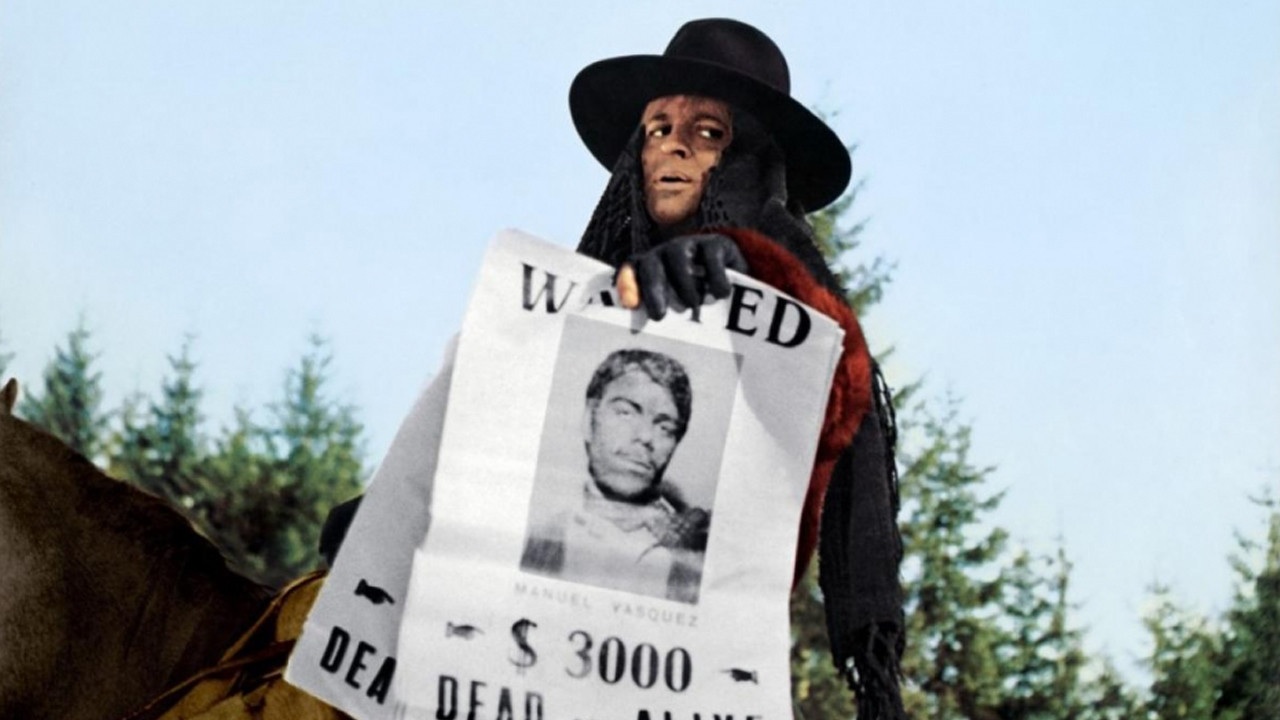
Arguably one of the most radical and bleak Westerns ever made, The Great Silence (1968) is a masterpiece of nihilism and despair. Directed by Sergio Corbucci, this film features Jean-Louis Trintignant as a mute gunslinger who must face off against a sadistic bounty hunter played by Klaus Kinski, and thankfully Werner Herzog is nowhere in sight.
Set in a snow-covered frontier town, the film emits a coldness that permeates not just the landscape but the hearts of its characters. Trintignant’s character is more ambiguous—silent, withdrawn, and marked by a tragic past. The Great Silence is well titled, dealing in themes of isolation, moral torpor and leading to the ultimate subversion of the classic Western ending, revolutionary for its time, and a comment upon the futility of the concept of revenge.
6. Open Range (2003)
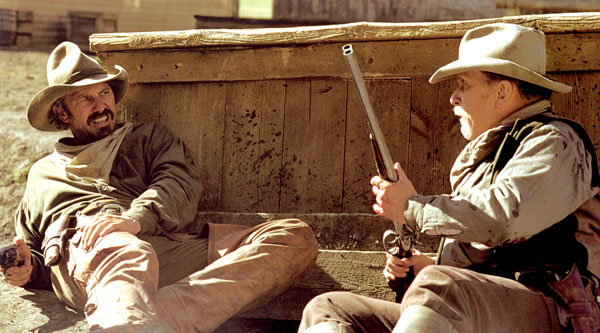
Kevin Costner’s Open Range was very much a return to the roots of the Western, offering a slow-burn meditation on freedom, morality, and the rough justice of the frontier. At the time it also felt like the first mainstream old school Western to hit our screens in a long while.
Costner directs and stars alongside Robert Duvall as two cowboys who drive cattle across the open plains—and come into conflict with a corrupt land baron. The film’s deliberate pacing, combined with its stunning cinematography, gives it an almost meditative quality that sets it apart from the more action-oriented Westerns of the modern era, and frequently feels like it’s been taken straight from the pages of a Larry McMurty novel.
As you’d expect, Costner and Duvall share a warm camaraderie that feels authentic, and their relationship forms the heart of the film. It’s not just a story about two men trying to survive; it’s about two men struggling to maintain their integrity in a world that’s becoming increasingly lawless.
The film’s climactic gunfight, one of the most intense in recent Westerns, is a moment of violence that is staggering in its authenticity. It’s a culmination of the film’s quiet tension and exploration of the human spirit, meaning that you really feel and experience the battle, every gunshot makes you wince, and the realism is horrifying. Open Range is one of the best examples of a classic Western in modern cinema, and for many contains one of the all-time great shoot outs.
7. The Three Burials of Melquiades Estrada (2005)
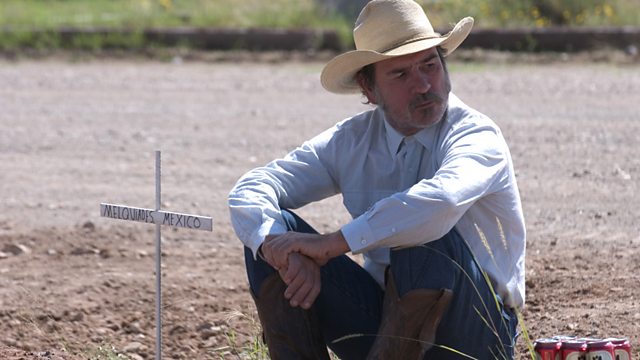
Tommy Lee Jones’s The Three Burials of Melquiades Estrada (2005) is probably one of the best films of the 2000’s, not simply one of the best Westerns. The film tells the story of Pete Perkins (Jones), a Texas rancher who kidnaps a border patrol agent after the man kills his Mexican friend, Melquiades Estrada. Pete forces the agent to help him bury Melquiades’s body in Mexico, leading them on a journey that forces both men to confront their pasts and their own moral compass.
It’s an exploration of guilt, redemption, and the invisible lines that divide people, and its non-linear structure and shifting tones make it feel fresh and unpredictable. Jones, in his first feature length directorial outing is astonishing, giving a performance that is equal parts stoic and tender, balancing the film’s darker themes with a heightened understanding of human emotion.
With a brilliant script written by Guillermo Arriaga (who also penned Amores Perros [2000] and 21 Grams [2003]), the characters are beautifully drawn and subsequently perfectly captured by the cast, especially Jones but also January Jones, unknown at the time, but who would soon go on to much bigger things.
8. Hell or High Water (2016)
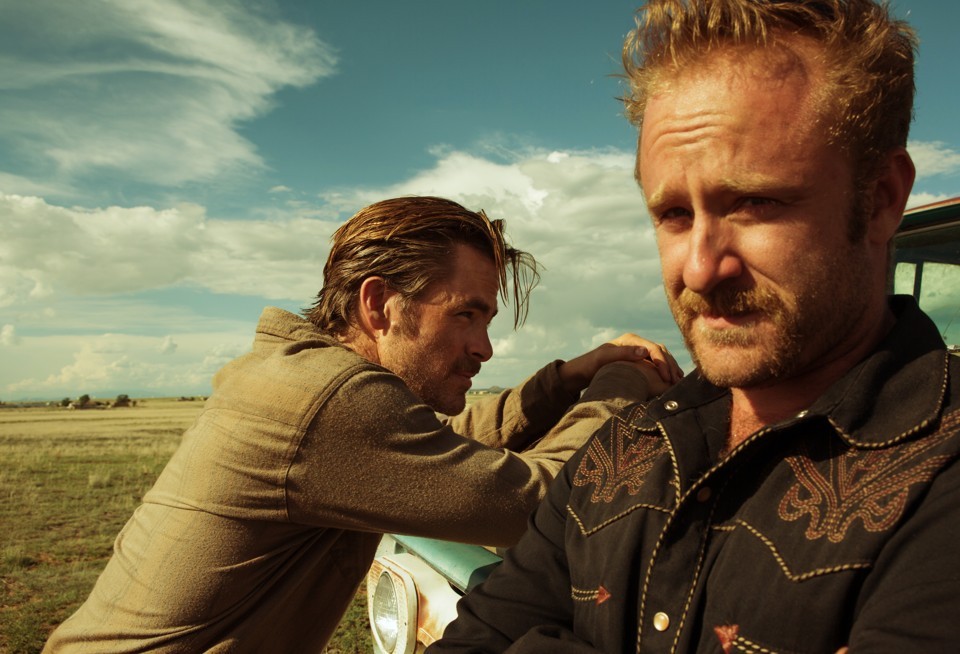
Director David Mackenzie delivers a contemporary Western that captures the economic despair of modern-day America through the lens of a bank heist film. Starring Chris Pine and Ben Foster as brothers who rob banks to save their family ranch, the film blends the gritty realism of the modern world with the moral complexity of the classic Western, and it’s heaps of fun, as well as being frequently amusing, yet never veering into full comedy.
Jeff Bridges plays a grizzled Texas Ranger on their trail, and his performance provides much of the film’s dry humour and emotional weight, combining both these two traits with true excellence.
The film’s writing, by Taylor Sheridan (best known for Sicario [2015] and more recently the television series Yellowstone [2018-2024]), is sharp and incisive, reflecting the growing divide between rich and poor in America. It’s a Western that also deals with themes of poverty, survival, and justice, where the lines between good and evil are always blurry, and often crossed in the name of family loyalty.
What makes Hell or High Water stand out is its ability to combine the tropes of the Western with the social and economic realities of the modern world. It’s a film that takes the best elements of the genre—revenge, honour, and lawlessness, and sets them in a world that is a lot more relatable than your average Western. One of 2016’s finest films, Hell or High Water is a film that instantly needs to find a place on your watchlist if it hasn’t already.
9. Black ’47 (2018)
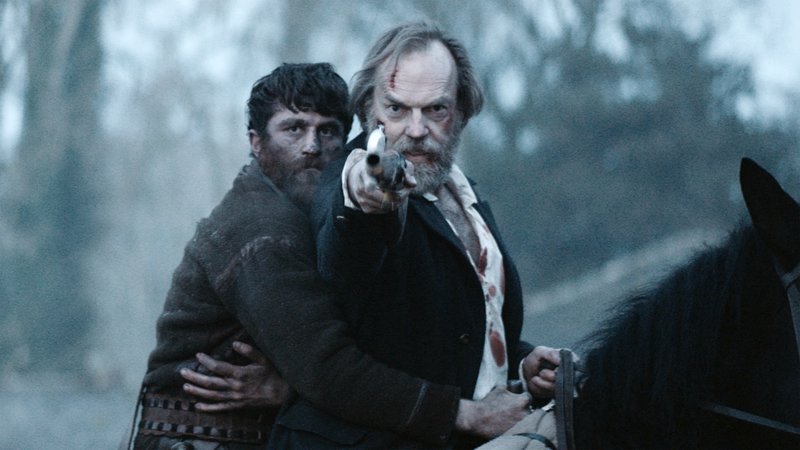
The famine in Ireland in the late 1840’s is not a subject that has often been put to film. The British Whig government’s economic policy of laissez-faire capitalism exacerbated the situation drastically, forcing already starving people to leave their homes, their only source of warmth in an already stone-cold land.
Black ’47 represents the worst of the famine; a dreadful year in 1847, and this is where Lance Daly’s film is set. The film follows Feeney (James Frecheville), an Irish soldier who deserts the British Army after witnessing the destruction of his homeland and embarks on a bloody path of vengeance against those responsible for his family’s death. Though set in Ireland, the film’s themes—of loss, retribution, and survival—are unmistakably Western in their resonance.
So Black ’47 is a Western revenge thriller but one which doesn’t take place on the American frontier; instead in the ravaged countryside of 19th-century Ireland during a truly appalling period for the Emerald Isle.
The film is brutal and visceral, with its dark themes and violent imagery underscoring the harsh realities faced by its characters. It’s a film about a man pushed to the brink by injustice, and its violent quest for vengeance mirrors the themes of lawlessness and retribution that define the Western genre, despite at first glance looking nothing like a Western in any sense of the word. It’s terrific, and a fine history lesson at the same time.
10. The Settlers (2023)

Felipe Gálvez Haberle’s debut feature is a brutal and uncompromising take on the exploitation and colonisation of Tierra del Fuego, an area that borders Chile and Argentina, at the beginning of the twentieth century.
The film follows a group of mercenaries hired to clear out Indigenous people from land being colonised by Europeans. It’s an incredibly atmospheric and unsettling drama, very violent at times and it can be particularly nasty as well. The horrors make it even more effective, and the stunning cinematography by Simone D’Arcangelo vividly depicts the setting and feel of the terrors abound. This results in searing beauty jarringly set alongside appalling brutality, and the mere ninety minutes that the film runs to at times feels longer, but certainly not in a negative way.
The film is unflinching in its portrayal of the atrocities committed against Indigenous populations, yet it’s not one-dimensional in its approach, with the characters being morally complex, and the film challenges the audience to question the traditional narrative of colonial conquest.
The Settlers is a film that doesn’t shy away from the dark history of the Western and is a great example of the genre’s capability of great depth and reflection, even when dealing with uncomfortable truths.
